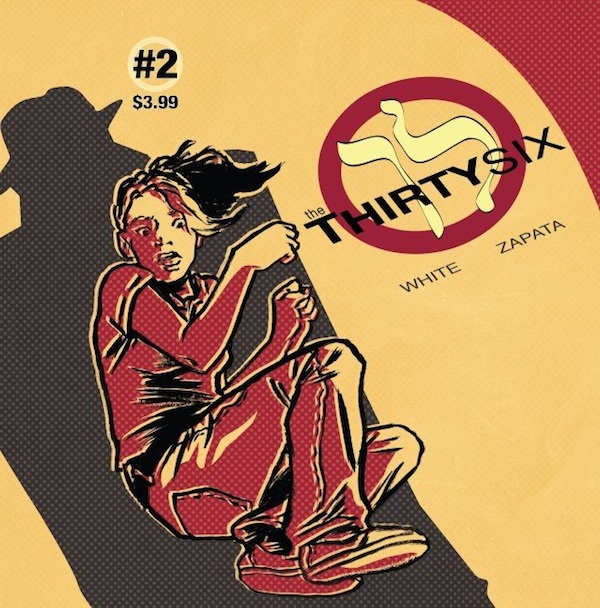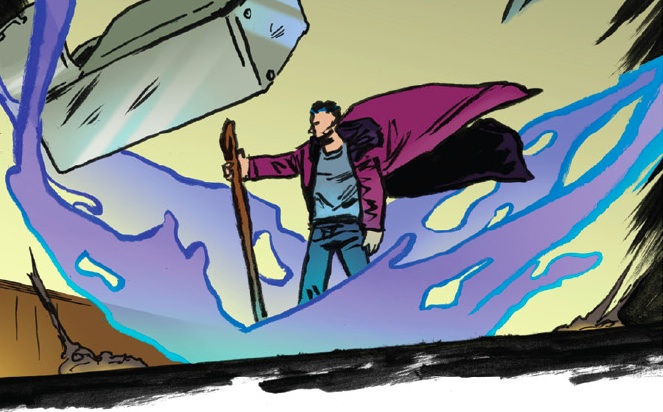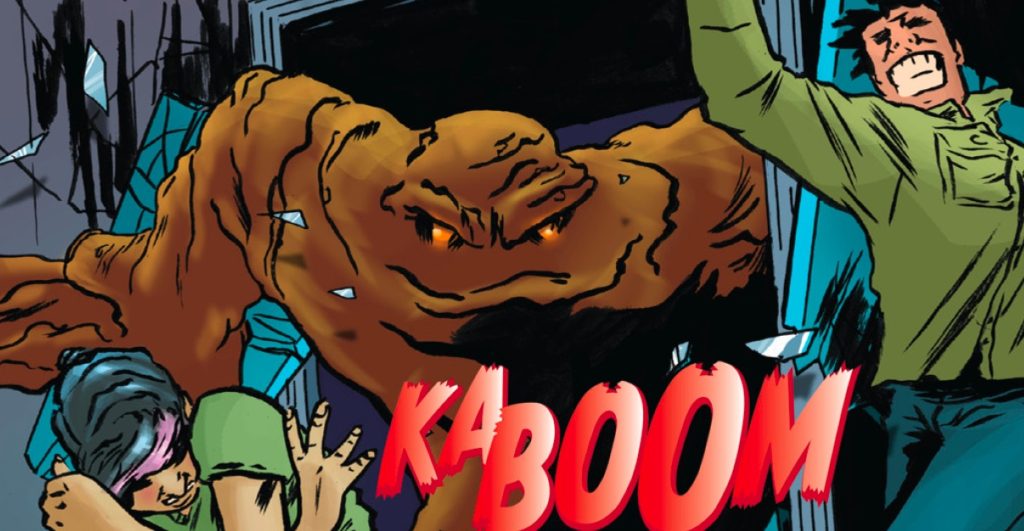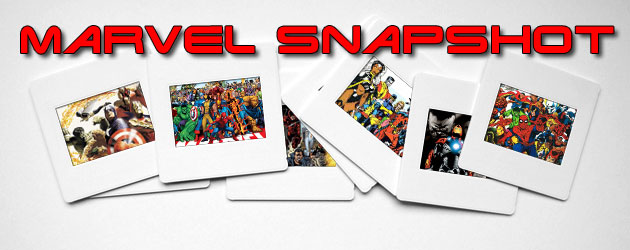Welcome to Comics Are My Religion, a look at theology through the lens of comic books. There are some basic ground rules about engaging in respectful dialogue about religion in this column. Have you ever read the Hebrew Scriptures and wondered why all those cool things that happened to the ancient Israelites don’t seem to happen today? Why can’t we part water like Moses did on the Red Sea? Why can’t the earth swallow up the unrighteous like it did Dathan in the book of Numbers? What if there was a Leviathan looming in the deep of the sea?
Have you ever read the Hebrew Scriptures and wondered why all those cool things that happened to the ancient Israelites don’t seem to happen today? Why can’t we part water like Moses did on the Red Sea? Why can’t the earth swallow up the unrighteous like it did Dathan in the book of Numbers? What if there was a Leviathan looming in the deep of the sea?
Many people ask these questions and use them to distinguish the Hebrew Scriptures from other holy scriptures. In the first century, a Christian named Marcion wanted to do away with the Old Testament because he felt it described a God that was distinctly different from the God of Jesus. People say the same thing today about any of the Christian Scriptures and the lack of perceived fantastic miracles in contemporary culture. The Hebrew Scriptures contain all kinds of wondrous and fantastic things that are done on behalf of the people of Israel in their history. In fact, we have lost a sense of the mythological and mystical accounts found in the Hebrew Scriptures. If you look at some of the traditional Jewish myths, they read much like a comic book: monstrous mud-men, mystical staffs, evil cabals of super-powered villains, a group of protectors of the earth, and humungous sea creatures.
 It’s that mythology that Kristopher White uses to create the fantastic world of The Thirty-Six, a new independent graphic novel available on Graphic.ly.
It’s that mythology that Kristopher White uses to create the fantastic world of The Thirty-Six, a new independent graphic novel available on Graphic.ly.
Here is the description from the book itself:
The Kabbalists say that there are 36 people in the world upon whom it is saved by their simple existence. In times of need, these people emerge from anonymity to save us. They are, in essence, guards of humanity.
Take the Old Testament, the television shows Lost and Heroes, and a comic like the X-Men, put them in a blender, crank that baby up to high, and out pours The Thirty-Six. It’s no wonder where White gets his inspiration from, as he was a producer of the official Lost podcast.
The story centers on the character of Noam and his brother Levi. Noam is the current wielder of the mystical staff of Moses, and one of the thirty-six super-powered protectors of the earth. Noam is down-to-earth despite the fact that he bears this incredible artifact. Because of the gift of this staff, Noam finds himself thrust into several adventures. This is no origin story, however, as White thrusts the readers into the middle of Noam’s adventures, having him rescue a woman named Lenore from a Golem, and later become involved in a power-struggle between other “thirty-sixers” who have abused their power in favor of wanting to recall the ancient sea monster Leviathan.
White’s storytelling is done in the Lost style, with his characters having deep back stories that we only get hints at viewing. If this was an ongoing series, one would expect that White would have a wealth of stories to tell about these individuals and how they discovered their respective gifts. White is also great at delivering a cliff-hanger ending that keeps you wanting the next chapter. In fact, he leaves the end of the book wide open for more stories as Noam and his friends are called upon to investigate even more mysteries of Scripture.
White is joined by George Zapata on art, whose work is not a style that draws me in particularly. His strength is in the stylized monsters and creatures that crash through panels and give the reader a sense of chaos in a rather chaotic sequence of action. But his weakness is people, and this book is full of a variety of people. His forms and facial expressions need some work. They feel two-dimensional, when their dialog is much deeper. The inks could be tighter, even when his panels seem to be laid out well. These examples took me out of the story a few times, especially since the script was really strong. A book like this needs a strong visual presence, someone who can pair the ancient feel of the mythology with someone who is adept at symbolism and visual cues that increase the tone of this world. Having said that, don’t let the art turn you off. While it didn’t strike me, I still loved this book.
 In a world where many comics play with religious overtones, it’s nice to see someone take Jewish mythology and Scripture and focus on its mystical sensibilities. We forget that Judaism has a deep mysticism, and White highlights these by converting them with a superhero spin. However, don’t look for spandex here, as the choice to make these characters into realistic people connects it to the religion in which it’s grounded. My imagination was piqued, thinking of all the places White could go with this and the rest of the Thirty-Six left to explore.
In a world where many comics play with religious overtones, it’s nice to see someone take Jewish mythology and Scripture and focus on its mystical sensibilities. We forget that Judaism has a deep mysticism, and White highlights these by converting them with a superhero spin. However, don’t look for spandex here, as the choice to make these characters into realistic people connects it to the religion in which it’s grounded. My imagination was piqued, thinking of all the places White could go with this and the rest of the Thirty-Six left to explore.
Finally, the character of Noam represents the struggle we all have when faced with tough choices. Noam’s comatose wife plays an important part in the story, and he struggles with how she got there and what he should do with her. As many mystical and fantastic stories can spark our sense of wonder, a good story will equally be grounded in a relatable conflict. What good is having such power if you can’t save your own loved one? Noam is surrounded by a strong secondary cast, most especially his brother Levi, who only increases this “here-and-now” feeling with the “out-there” fantasy that makes the book so exciting.
You will be able to find The Thirty-Six in trade paperback form from Amazon soon, but I say if you like the kind of stories that feel like they have a depth of history but with a clear vision ahead of it, go pick it up digitally as soon as you can. If you want to learn more about the legend of the thirty-six from the Talmud, here’s a great article.
Jeff Jackson
jeff@comicattack.net

